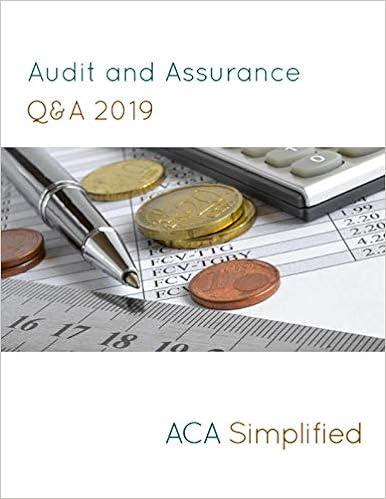zoom onto question


In 2015, Harold and Madeleine purchased Series EE bonds, and in 2019 redeemed the bonds, receiving $620 of interest and $2,580 of principal. Their income from other sources totaled $32,000. They paid $3,300 in tuition and fees for their dependent daughter. Their daughter is a qualified student at State University. (The proceeds from the Series EE bonds were used to pay the tuition and fees.) (Click the icon to view the exclusion phaseout information.) Read the requirements. Requirement a. How much of the Series EE bond interest is excludable? The amount of interest that is excludable is $ 620 Requirement b. Assuming that the daughter received a $2,660 scholarship, how much of the interest is excludable? Ignore any tax credits that might be available. Under this scenario, the amount of interest that is excludable is a. How much of the Series EE bond interest is excludable? b. Assuming that the daughter received a $2,660 scholarship, how much of the interest is excludable? Ignore any tax credits that might be available. c. Assuming the daughter received the $2,660 scholarship and that the parents' income from other sources is $128,480, how much of the interest is excludable? Exclusion phaseouts: Phaseout occurs when the combined amount of principal and interest received during the year exceeds the net qualified educational expenses and the taxpayer's modified adjusted gross income is over $81,800 ($121,600 for married individuals filing a joint return). The exclusion is fully phased-out for taxpayers whose 2019 modified AGI is more than $96,100 ($151,600 for married individuals filing a joint return). In 2015, Harold and Madeleine purchased Series EE bonds, and in 2019 redeemed the bonds, receiving $620 of interest and $2,580 of principal. Their income from other sources totaled $32,000. They paid $3,300 in tuition and fees for their dependent daughter. Their daughter is a qualified student at State University. (The proceeds from the Series EE bonds were used to pay the tuition and fees.) (Click the icon to view the exclusion phaseout information.) Read the requirements. Requirement a. How much of the Series EE bond interest is excludable? The amount of interest that is excludable is $ 620 Requirement b. Assuming that the daughter received a $2,660 scholarship, how much of the interest is excludable? Ignore any tax credits that might be available. Under this scenario, the amount of interest that is excludable is a. How much of the Series EE bond interest is excludable? b. Assuming that the daughter received a $2,660 scholarship, how much of the interest is excludable? Ignore any tax credits that might be available. c. Assuming the daughter received the $2,660 scholarship and that the parents' income from other sources is $128,480, how much of the interest is excludable? Exclusion phaseouts: Phaseout occurs when the combined amount of principal and interest received during the year exceeds the net qualified educational expenses and the taxpayer's modified adjusted gross income is over $81,800 ($121,600 for married individuals filing a joint return). The exclusion is fully phased-out for taxpayers whose 2019 modified AGI is more than $96,100 ($151,600 for married individuals filing a joint return)









